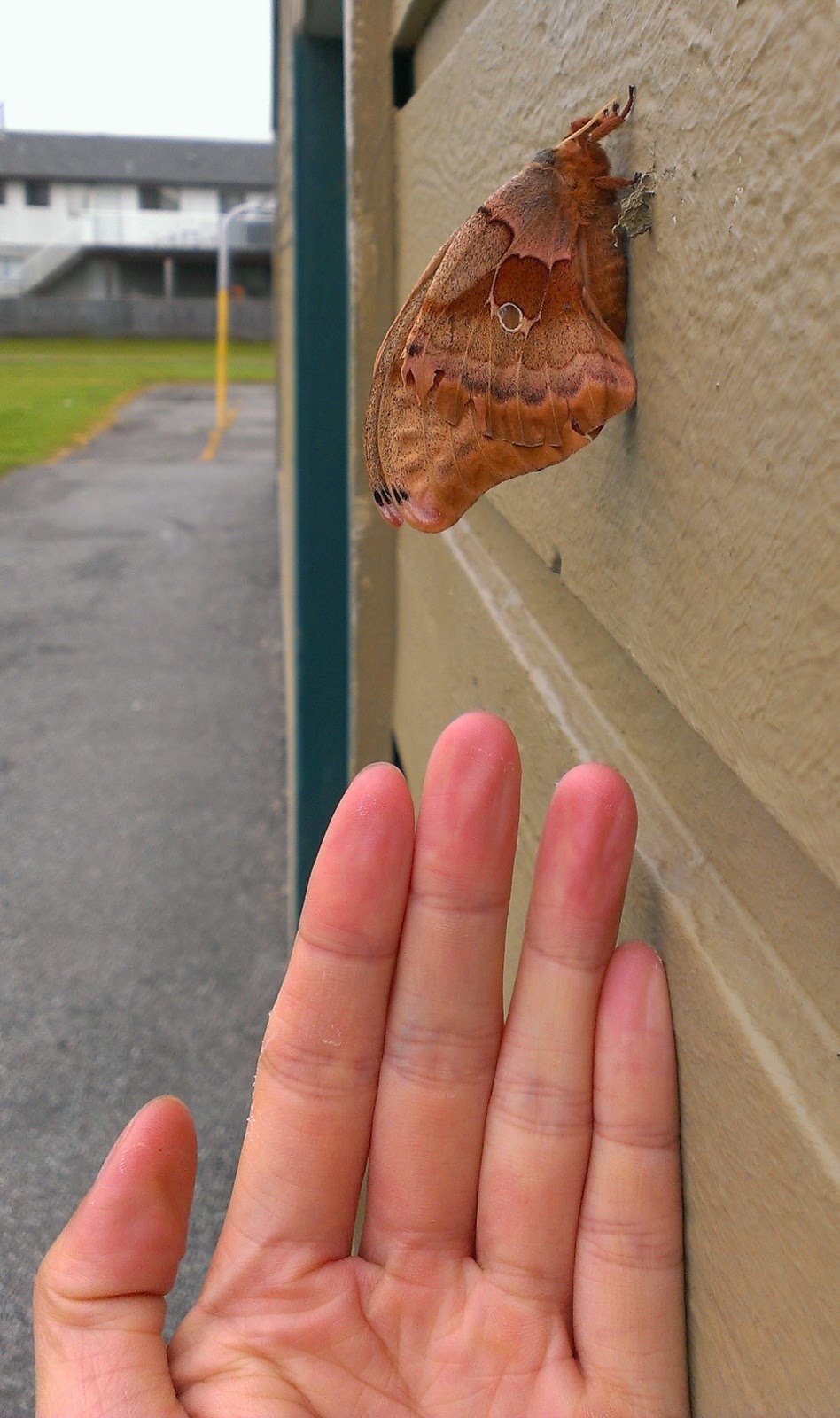We don't have any actual land where we can grow vegetables, so we make do with box box planters on wheels which we cart around to the sunniest spots on our back deck. Tomatoes have historically done quite well in these planters, so we put them in again this year. While shooting photos of the bright yellow flowers, I noticed a spider who had made her home in one of the prime locations for insect activity.
She's a member of the family Theridiidae...I couldn't get a good shot of her abdomen, so I won't be able to get any more specific with her identification.
Also on the tomato plant was this colourful creature. It's a rhododendron leafhopper, a pest whose presence can only be forgiven for the splash of colour it contributes. As per its namesake, it is designed to hop with powerful legs (the long leg that stretches from underneath its wing all the way to its eye), fly a short distance, hit something suitable with its fairly hard nose, and look for a leaf where it might suck sap. In this case, its mouth part can clearly be seen embedded into the primary vein of the leaf.
Leafhoppers in large numbers are known crop pests, weakening any plant by depriving it of its sap. They digest the sap, then excrete droplets of sugary water from their abdomen, much like aphids do (the drops you see on your windshield after parking under a tree is due to sapsucking insects such as these).
Sunday, July 6, 2014
Bigger!
I saw a new species of note last month. There was no way to miss this large moth, probably the largest I've ever seen, on the side of the school where I walk the dog.
This is a Polyphemus Moth, a member of the giant silk moth family. We are at the upper limit of its range, here on the west coast. Consulting this website, it appears they are fairly common in the US.
It's unfortunate that I didn't see its wings opened, as I would've seen beautiful purple eyespots on its 6-inch wingspan.
Subscribe to:
Posts (Atom)







